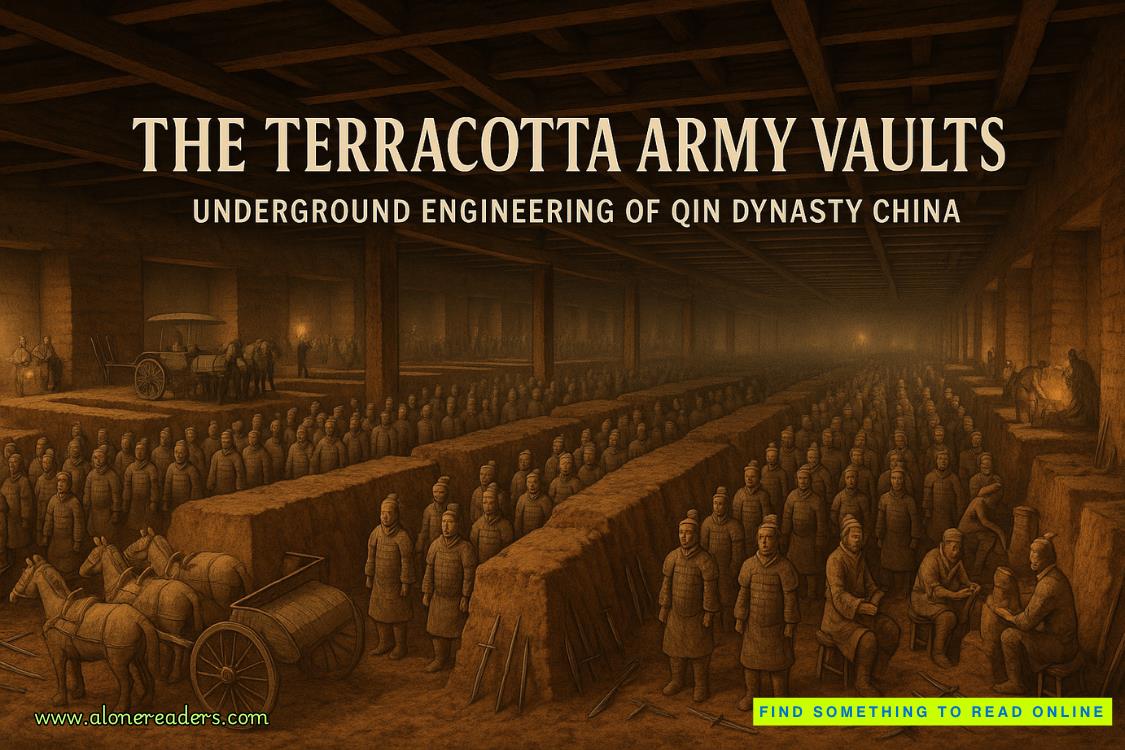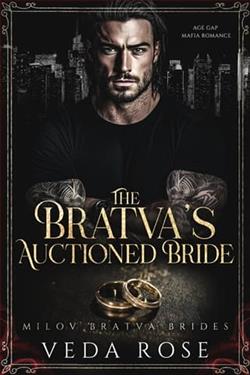Page 34 of Alex Cross Must Die
He was in the Sistine Chapel.
CHAPTER 33
“MY GOD!INCREDIBLE!”
Holmes was awestruck. The space was a perfect replica of Vatican City’s architectural masterpiece. Patterned marble floor. Arched windows. Overhead was the famous vaulted ceiling with its iconic frescoes, replicated down to the last figure.
One section featuredThe Trials of MosesandDescent from Mount Sinai. Another,Baptism of ChristandThe Last Supper. And those were just the appetizers. In the center, God the Father reached out, finger extended across the sky. As Blythe stopped the cart, Holmes squinted. One detail in the fresco was off. Instead of reaching to touch the hand of Adam with his index finger, God the Almighty was dangling a neon-colored yo-yo.
“Sacrilege, I know,” said Blythe, following Holmes’s gaze. “Sometimes the team likes to cut loose.”
It was only then that Holmes realized the room was filled with men and women—dozens of them—silently at work on tabletops and easels spread out across the vast space. Some looked like fine artists, wearing smocks and holding traditional palettes and brushes. Others, in T-shirts and shorts, looked more like SiliconValley coders. But what they were producing was unbelievable. And they were doing it right in front of his eyes.
“You’re looking at the finest art forgers in the world,” said Blythe. “Some kinesthetic savants. Several on the spectrum. A sprinkling of ex-cons. They all work for me.”
The two men stepped from the cart, and Holmes looked up again at the impeccable replica of the chapel ceiling. “These people didthat?”
Blythe nodded. “Good practice. I find that once you can fake Michelangelo, you can fake pretty much anything.”
He led Holmes to a large easel near the center of the room. A young woman with a pink-streaked ponytail chewed gum furiously as she applied yellow highlights to a faux Monet pondscape, using quick, flicking strokes of her brush.
“That work would pass anywhere,” said Holmes. The woman didn’t respond, didn’t even react. Just kept working.
“Close enough for our purposes, at least,” said Blythe. “Most of the buyers we need to deceive are drug lords or arms dealers. They use art purchases to launder their money. We bait the hook. El Chapo had quite an extensive collection, you know.” He paused for a satisfied grin. “All ours.”
As they walked, Holmes did a slow 360, taking it all in. Along one wall, a huge press was pumping out vivid Warhol prints. Other workers were busy creating replicas of Picassos, Pollocks, and Van Goghs. It was like an adult-ed art class where every student was a master.
“Let’s talk,” said Blythe, heading toward a metal staircase. Holmes followed him up to a loft office that looked out on a fresco of Michelangelo cherubs. Even this close, it was hard to believe they’d been painted in the twenty-first century, not the fifteenth.
Blythe slumped down on one end of a worn leather sofa. Holmes took a seat across from him on an upholstered chair. The cork-linedwall was covered in color swatches, paint formulas, and clips of all kinds of artwork, from Renaissance tapestries to Bob Ross landscapes.
“I’ve had my experts look into your case,” said Blythe. “The disappearance of the Bible and the Shakespeare.”
“And …?” asked Holmes, leaning forward.
“They all tell me it’s impossible.”
“So I’ve heard,” said Holmes. “But it did happen. My question is, where did the pieces go? Who wanted them? What’s the market?”
“Fine art is still a mysterious world, Mr. Holmes. The basic rules haven’t changed much since the Middle Ages. Buyers often don’t know where a piece comes from, and sellers aren’t always sure where it will end up. Sales and profits are hard to trace. It’s not like buying a share of Home Depot. A lot of people aren’t willing to ask probing questions. In a way, theylikethe shadows. The shadows are part of the mystique.”
“And a license to steal,” said Holmes.
“A time-honored tradition, I’m afraid,” said Blythe. “And the people in pearls and tuxedos are often the most accomplished thieves of all.”
“Huntley Bain, for example?”
Blythe shook his head. “You can cross him off your list. Bain is a devious businessman but not nearly skilled enough to cover his tracks on something like this. If it was him, we’d know it. You’re looking for a genius. Somebody with high-class larceny bred into his bones.”
Blythe pulled a large binder from a table alongside the sofa and laid it open on a low table in front of Holmes. “Take a look,” he said. The binder was filled with enlargements of photos taken at a Venetian-style mansion, alongside yellowed clippings from Boston newspapers.
“This is the Gardner Museum near Fenway Park in Boston.”
“I’ve heard of it,” said Holmes.
“It was robbed in 1990,” said Blythe. “Thirteen works, valued at about five hundred million dollars. To this day, not a single piece has been recovered. You’d think that it would be impossible for that much art to simply disappear into the ether, but it did—along with the thieves.”
Holmes detected a slight flicker in Blythe’s eyelids. A tell.















